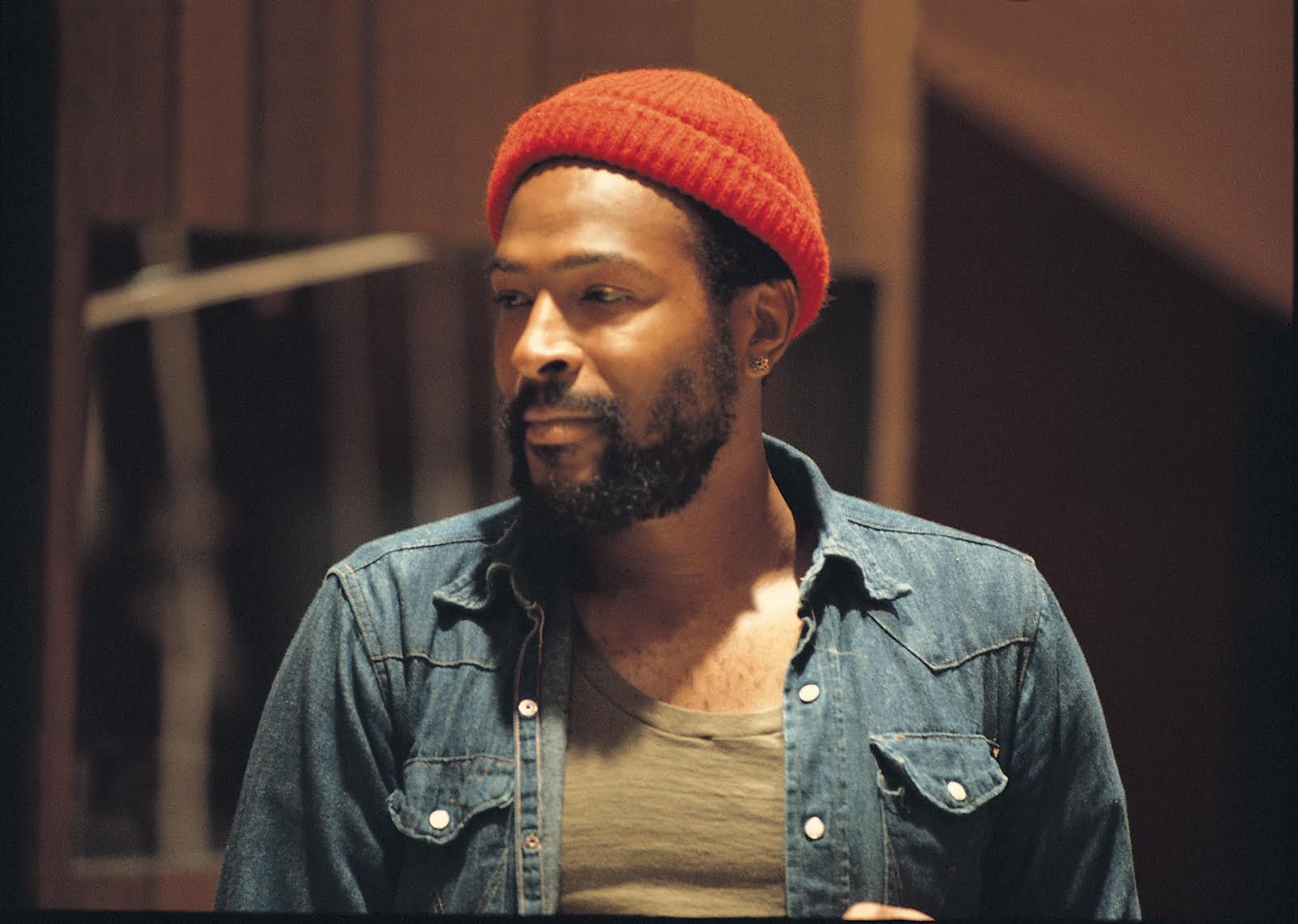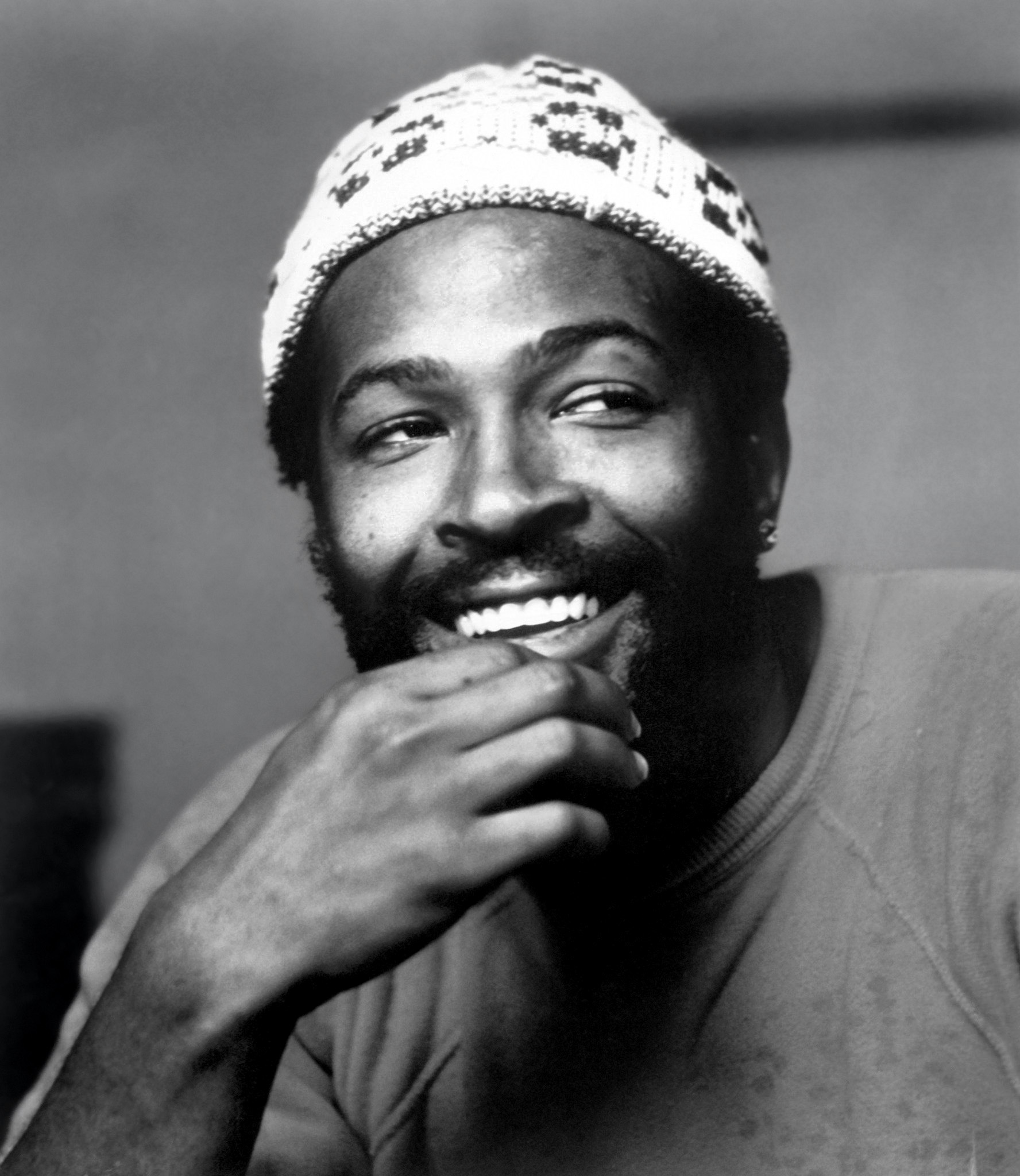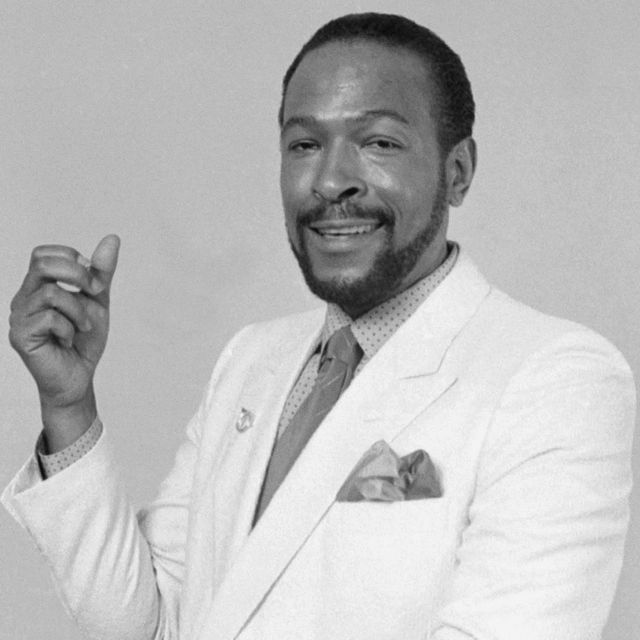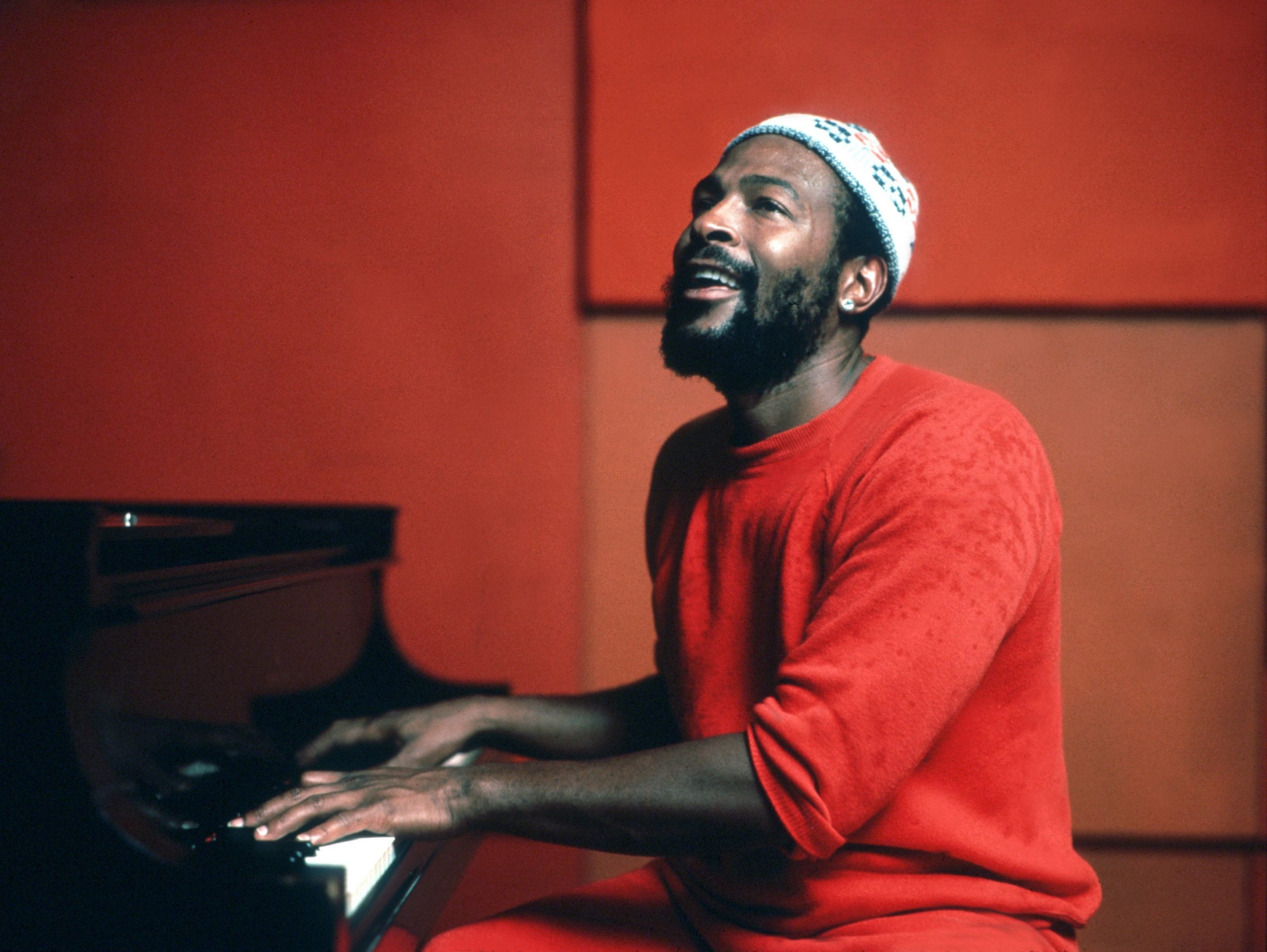Marvin Pentz Gay Jr.

Marvin Pentz Gay Jr., born on April 2, 1939, at Freedman's Hospital in Washington, D.C., emerged from a challenging childhood in the "Simple City" neighborhood. Growing up in public housing, Marvin faced brutal treatment from his father, who often subjected him to harsh whippings. Despite the adversity, Gaye's early love for music blossomed as he sang in the Pentecostal church, with his father accompanying him on the piano.

The second oldest of four children, Gaye's talent began to shine in junior high, where he joined the Randall Junior High Glee Club. His family moved to the East Capitol Dwellings, marking a shift in Marvin's educational journey from Spingarn to Cardozo High School. Facing a strained relationship with his father, Gaye dropped out of high school at 17 and enlisted in the United States Air Force. However, his time in the service was short-lived, marked by disenchantment and a "General Discharge" due to his struggle with authority.

Post-military, Gaye formed The Marquees and later worked with Bo Diddley, leading to the group's relocation to Chicago. Despite setbacks, this phase marked Gaye's entry into the music industry, and he eventually signed with Motown subsidiary Tamla.

In the early '60s, Gaye initially pursued a career in jazz and standards but shifted towards R&B success. Hits like "Stubborn Kind of Fellow," "Hitch Hike," and "Pride and Joy" established him as a rising star. Collaborations with Mary Wells, including the successful duet album "Together," showcased Gaye's versatility.

Tragedy struck in 1970 when Tammi Terrell, Marvin's duet partner, passed away. Devastated, Gaye's life took a turn, leading him to compose the iconic album "What's Going On." This masterpiece marked a departure from Motown's formula, addressing social issues and earning critical acclaim.

In 1973, "Let's Get It On" solidified Gaye's status as a sensual balladeer. His success extended into collaborations with Diana Ross, his final duet project before embarking on a successful concert tour.

Financial issues, drug addiction, and personal struggles followed, influencing albums like "Here, My Dear." Gaye's move to Belgium in 1981 marked a transformative period, allowing him to overcome drug use and stage a musical comeback. Ultimately, he signed with CBS Records in 1982, parting ways with Motown.

Marvin Gaye's journey is a testament to his resilience, musical innovation, and the enduring impact of his contributions to soul and R&B.
References;
- Hoard, Christian; Brackett, Nathan, eds. (2004). The New Rolling Stone Album Guide. Simon & Schuster. p. 524. ISBN 9780743201698.
- "Marvin Gaye". National Academy of Recording Arts and Sciences. June 4, 2019. Archived from the original on November 17, 2017. Retrieved June 9, 2019.^
- Batchelor 2005, pp. 41–43.^
- Wedner, Diane (September 16, 2007). "Taking Over From Titans". Los Angeles Times. Retrieved March 13, 2021.
- Dial Them For Murder. January 1998. Archived from the original on July 5, 2014. Retrieved September 13, 2012 – via Los Angeles Magazine.
- "Marvin Gaye Timeline". The Rock and Roll Hall of Fame. January 21, 1987. Archived from the original on May 1, 2011. Retrieved December 23, 2010.


































